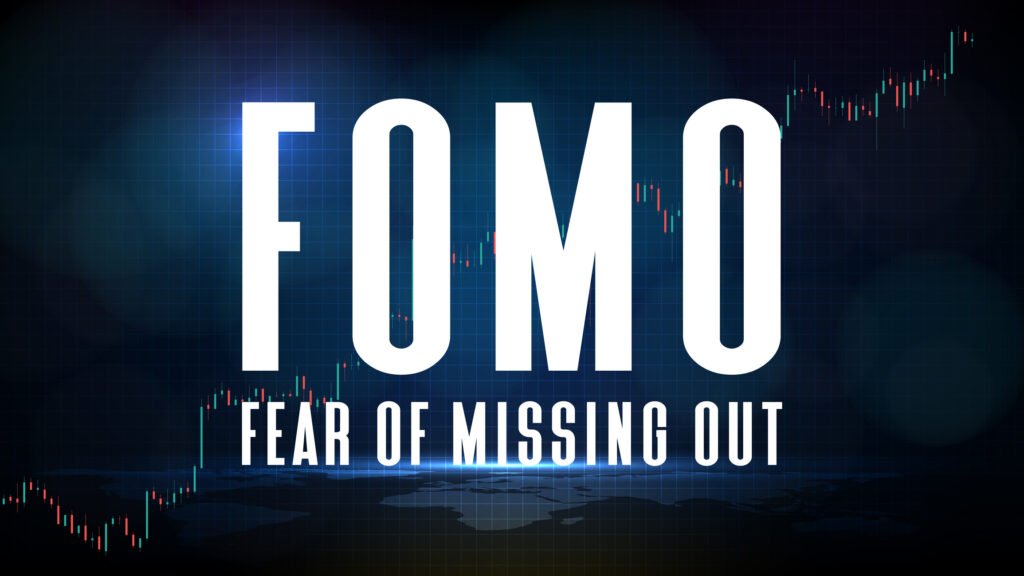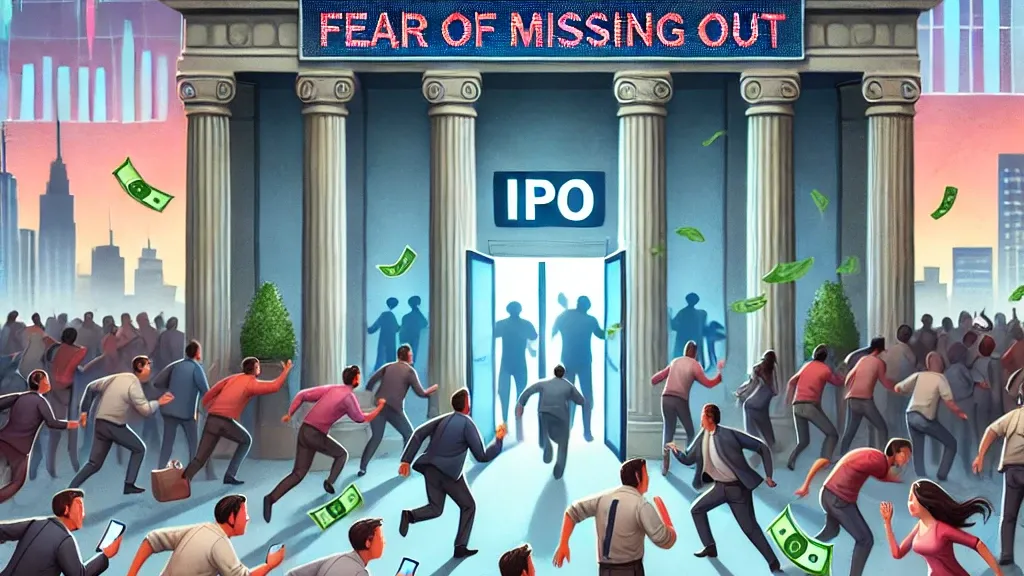Most investors have felt FOMO, fear of missing out. Nowadays, many are feeling the opposite.
“In April, turmoil over President Trump’s tariffs drove U.S. stocks down 12% in four days. Some investors bailed out, worried Trump’s policies would overturn decades of agreements that helped global trade thrive.”
Others had exited even earlier—either bracing for a second Trump term or thinking the double-digit gains of 2023 and early 2024 were too good to last.
But now? Markets have reversed April’s drop after Trump backtracked on several tariffs and a court decision Wednesday cast doubt over his trade-war plan. “That has many people wondering if they should be more fully invested. Their paralyzing dilemma: They aren’t sure when or how to do that.”
It’s Not FOMO—It’s FOGI
“I don’t have FOMO,” says Michael McCowin, an investor in Madison, Wis. “I have FOGI: fear of getting in.”
In his IRA, McCowin had pulled out of stocks by early last year—just before the S&P 500’s 26.3% gain in 2023 and another 11% jump in the first quarter of 2024.
“Feeling FOGI can make you feel like an old fogey even if you’re nowhere near McCowin’s age of 86.” He’s not new to the game either. He’s a former chief investment officer at Wisconsin’s pension board, which manages retirement assets for public employees in the state.
“So he isn’t a naive or impulsive investor. But, he says, his FOGI is a strong ‘gut feel.’”
Also Rread : European Stocks Surge Past Global Markets Amid US Trade Woes
What’s He Afraid Of?
“Getting in too early,” McCowin says—before the market hits bottom. “I probably went too far by going all to cash,” he adds. “I do believe we’re on the cusp of what could be a very significant downturn, and if that happens I’ll be prepared for it. And if it doesn’t, I’m collecting 4% to 4.5% [on cash] and that’s more than enough for me.”
“McCowin emphasizes that he would never advise his grandchildren to do what he did, as they have decades of wage-earning ahead of them to help cushion market crashes.”
Regret Over Risk
“A shift like McCowin’s is ‘not about mitigating risk, it’s about mitigating regret,’ says Meir Statman, a finance professor at Santa Clara University who studies the psychology of investing.”
“The fear of getting back in is the fear of feeling really stupid,” Statman explains. “If the market goes up before you get back in, ‘you’ll have to buy stocks back at a higher price and say, “God, why did I ever sell?”’ If it goes down after you get back in, you’ll kick yourself over that, too.”

Putting Drops Into Perspective
“Let’s put the market’s recent moves in longer-term perspective.” Since WWII, the S&P 500 has:
- Lost 5% to 10%: 63 times
- Dropped 10% to 20%: 25 times
- Fallen at least 20%: 14 times
- Of those, three were crashes of 40% or more
“In the worst declines of at least 40%, the downdrafts lasted an average of 23 months, and stocks took an average of 58 months—just under five years—to gain back their losses in full.” (Not counting reinvested dividends, which would have sped up the recovery.)
We Overreact, Then Forget
“One advantage of April’s turbulence is that it’s so fresh in your mind, it’s hard to kid yourself about what you believed a few weeks ago.”
“Hindsight bias, the human tendency to believe that our past predictions were much more accurate than they turned out to be, fools investors all the time.”
“This time, though, you can probably admit it: Those first few days, as Trump slapped huge tariffs on the rest of the world and markets reeled, you leaped to the conclusion that the global economy had been irreversibly disrupted. Like most investors, you probably underestimated how resilient and adaptable people, companies, markets and governments are.”
Fast Drops, Fast Recoveries
“The other advantage of the market’s April stumble was that it happened so fast. In four epic weeks, stocks plunged, then bounced back. For all the S&P 500’s heaving around, it’s up 1% in 2025.”
“So you can’t feel the fear of getting in if you never had time to get out. That’s a blessing, because market timing is much harder than it seems.”
Market Timing Is a Mirage
As John Montgomery, founder of Bridgeway Capital Management, puts it: “Getting out of stocks before a crash is only a fraction of what you need to do as a successful market timer.”
“You have to be right about your economic forecast, when it will begin to take hold and when it will end. You also have to be correct about when and how the stock market, interest rates and other variables will respond.”
“You have at least four opportunities to get it wrong,” says Montgomery, and “if you’re off by only a couple of months, that can destroy any chances of making money.”
How to Ease Back In
“If, like McCowin, you did get out, then the best way to overcome your FOGI is by taking baby steps.”
“Set up an automatic investment plan to transfer a fixed amount of money from your bank or other cash holdings into a stock fund or brokerage account. Spread these transfers out in equal monthly increments over at least a year.”
“That should reduce your fears of buying back all your stocks at a higher price than you sold them for, or of buying too much right before a crash.”
“What’s more, you reduce the risk of being tempted to think you know exactly when to get back in.”




